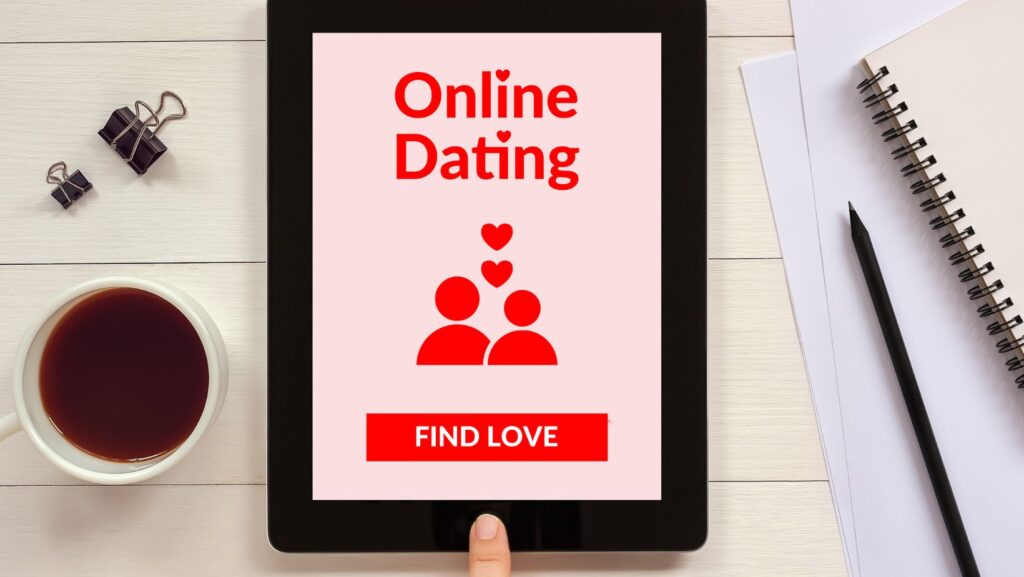
Once upon a time, dating apps were simple. You downloaded them for free, maybe paid a few bucks for “unlimited swipes,” and that was that. But the world has changed — fast.
In 2025, digital dating isn’t just about finding love; it’s about how you pay for it.
From virtual roses to live-stream tokens and subscription tiers, online romance has become its own micro-economy. And now, cryptocurrency has entered the chat.
What was once the playground of tech geeks and traders is quietly becoming the next big frontier in how dating platforms manage money, privacy, and trust.
The Rise of the Dating Economy
Let’s start with the basics. The global online dating industry including most dating websites for singles — valued at over $8.6 billion in 2025 — isn’t slowing down. It’s evolving.
Modern users aren’t just paying for premium memberships. They’re buying live video time, sending digital gifts, tipping creators, and unlocking exclusive experiences.
The business model has shifted from monthly subscriptions to microtransactions — tiny, frequent payments that make dating more interactive and emotional.
Sites like Dating.com, Bumble, and newer “social romance” apps are investing heavily in payment flexibility. They want users to feel secure, fast, and anonymous — three words that perfectly explain why crypto payments are on the rise.
Why Crypto Fits Online Dating
When you think about it, cryptocurrency and dating have a surprising amount in common.
Both deal with trust. Both are global. And both attract people who want freedom and privacy without losing safety.
For years, traditional payment methods limited what dating platforms could do. Bank transfers were slow. Credit cards required sensitive information. PayPal added extra fees.
Crypto — in theory — fixes all that.
In 2025, more than 35% of global dating platforms now accept some form of cryptocurrency, whether that’s Bitcoin, Ethereum, or stablecoins like USDC and Tether. Some even issue their own internal tokens for in-app economies.
Here’s why it works:
- Borderless love. Crypto lets you pay across countries instantly, with no exchange rates or delays.
- Anonymity. You can buy credits, gifts, or subscriptions without sharing personal financial data.
- Lower fees. For apps that operate worldwide, blockchain cuts out middlemen and bank commissions.
- Faster transactions. No more waiting days for cross-border payments to clear.
As one industry analyst put it:
“Crypto turns dating apps into global social platforms — not just for love, but for commerce.”
How It Works on Modern Platforms
On sites like Dating.com, users can already buy chat credits or premium features through crypto gateways.
It’s as simple as scanning a QR code or linking a digital wallet. Once confirmed, the blockchain records the transaction securely, and the credits appear instantly.
For users, it feels smoother and less intrusive. No card declines, no “billing name mismatch” errors, no awkward charges showing up on shared statements.
Some platforms have even launched hybrid wallets, combining fiat (traditional currency) and crypto. That lets users mix methods depending on preference or convenience.
From Love Tokens to Digital Gifts
Crypto payments also enable a new kind of digital intimacy — tokenized romance.
Users can buy virtual gifts like hearts, diamonds, or even NFTs representing shared moments.
Imagine this: a couple who met online decides to mint their first chat as an NFT — a permanent, blockchain-stored symbol of how they met. Silly? Maybe. But for many digital-native couples, it’s real and symbolic.
In 2024 alone, Dating.com reported a 42% increase in virtual gifts purchased with crypto compared to the previous year. The most common transactions? Video chats and “app-exclusive” events where users can send live tips in real time.
Safety, Security, and Scams
Of course, every innovation comes with risk — and crypto is no exception.
While blockchain payments are transparent, they’re also irreversible. That means if someone sends crypto to a fake account, there’s no refund button.
This is where dating sites have had to step up. In 2025, most reputable platforms now include:
1. On-chain fraud detection.
Advanced algorithms flag suspicious wallet activity — like repeated small transfers or shared wallet addresses across multiple profiles.
2. KYC (Know Your Customer) verification.
Before allowing crypto purchases, platforms often require users to verify their identity, reducing anonymity abuse.
3. Built-in conversion safeguards.
If a user sends crypto for credits, it’s converted immediately into stablecoin or fiat to prevent volatility losses.
4. AI-driven chat monitoring.
Artificial intelligence now spots potential romance scams, suspicious requests, or unusual spending patterns — stopping problems before they escalate.
The message is clear: privacy doesn’t mean chaos. The best dating apps balance anonymity with accountability.
Why Crypto Appeals to Modern Daters
Millennials and Gen Z — who now make up the majority of online daters — grew up with both digital wallets and social media. For them, crypto isn’t “techy.” It’s just normal.
A 2025 survey by GlobalPay Insights found that 48% of online daters under 40 prefer alternative payment methods (like crypto or mobile wallets) over traditional credit cards.
The top reasons:
- Discretion — no personal billing trail
- Control — easier to set budgets
- Curiosity — many just like experimenting with new tech
One London-based user summed it up perfectly:
“If I can trade crypto, stream movies, and order food online, why not pay for dating the same way? It’s faster, and honestly, I trust blockchain more than some banks.”
Dating Apps as Digital Banks?
This is where things get interesting. Some large dating networks are quietly positioning themselves as fintech companies — not just matchmaking services.
By 2025, a few have begun offering built-in crypto wallets, instant currency swaps, and even NFT collectibles for active users.
In South Korea and parts of Europe, certain apps allow people to earn tokens by engaging positively on the platform — writing good messages, attending events, or completing safety verifications. Those tokens can then be spent on premium memberships or cashed out.
It’s a win-win model: the platform grows engagement, and users feel rewarded for behaving well.
Dating.com, for instance, has piloted engagement credits tied to verified interactions, encouraging users to connect genuinely instead of spamming.
It’s part game, part economy — and fully digital love.
Text Sheet: Crypto and Dating in 2025
Metric Global Data 2025 Notes
Dating industry value $8.6 billion +15% YoY
Dating platforms accepting crypto 35% Mostly top-tier global brands
Most accepted coins BTC, ETH, USDC Stablecoins rising fast
Average crypto transaction size $18 Mostly small credit purchases
Growth of digital gift sales +42% Driven by livestream features
User preference (under 40) 48% prefer alt-payments Privacy & speed are key
Reported scam reduction (vs 2022) -29% Due to AI & KYC systems
Share of blockchain-based payments 12% total dating transactions Expected to double by 2027
The Pluses and Minuses
Pluses
✅ Privacy and discretion – No more awkward billing lines or card sharing.
✅ Speed and global reach – Works anywhere, anytime, across currencies.
✅ Lower transaction costs – Less middlemen, fewer bank fees.
✅ Innovation potential – NFTs, token rewards, and gamified love economies.
Minuses
Volatility – Crypto values can swing wildly, affecting purchasing power.
Irreversibility – Once sent, crypto can’t be recalled if misused.
Learning curve – Not everyone is comfortable with wallets and tokens yet.
Fraud risk – Scammers adapt fast, using fake wallets or phishing links.
Still, experts predict the balance is tipping toward adoption.
As crypto stabilizes and regulation improves, expect blockchain payments to become as common as tapping your phone at Starbucks.
The Future of Paying for Love
In the near future, you might not even think about how you’re paying on a dating app.
You’ll buy credits in crypto without realizing it, or your loyalty points will automatically convert into tokens.
Some companies are already experimenting with AI wallets that track spending patterns and offer real-time protection against scams. Others are exploring biometric verification for crypto transactions — meaning your fingerprint or face ID becomes your security key.
The goal isn’t just convenience — it’s trust.
As one Dating.com product executive explained recently:
“We’re not just helping people meet. We’re helping them feel safe spending money on connections.”
If love in the 2000s was about chance, love in 2025 is about technology.

We’re dating across continents, talking in real time through auto-translators, and paying for experiences with coins that didn’t even exist ten years ago.
And yet — the more things change, the more they stay the same. People still crave connection, honesty, and safety.
The new tools just make it easier to get there — without borders, banks, or waiting times.
Crypto won’t make you fall in love. But it might make the process smoother, faster, and a lot more secure.
Because in a world that runs on data and desire, trust — not tokens — remains the ultimate currency.















